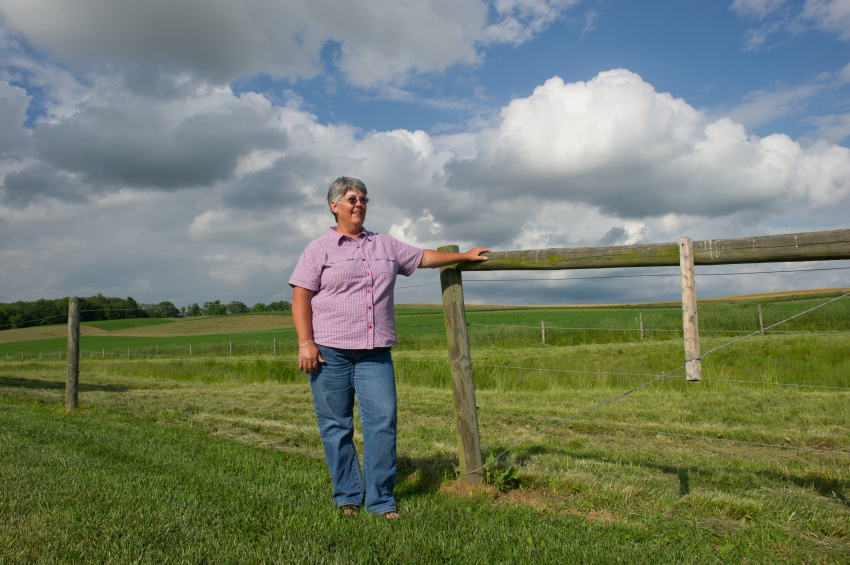Farmers Choose High Oleic Soybeans for Higher Potential Profits

Soybean farmers aim to get ahead in a tumultuous market with specialty high oleic soybean contracts that boost profitability for farmers with similar management.
ST. LOUIS (September 10, 2020) — Fall not only means harvest in agriculture, but also strategizing for the next season. Many farmers are adding high oleic soybeans to their rotation to earn premiums without any added headaches from managing strict growing requirements, learning a new management method or changing labor seasons or equipment.
They’re grown similarly to commodity soybeans, with the primary requirement being keeping them separated from other varieties.
“This is a great opportunity for farmers to add extra value to their land and crop,” said United Soybean Board farmer-leader Belinda Burrier, who grows high oleic soybeans in Maryland. “High oleic soybeans innovate and grow current markets while giving the consumer a product that they want and the farmer the premium that they need.”
These specialty soybeans currently have select availability across the Midwest and Delmarva Peninsula. For the 2021 growing season, the availability of high oleic soybean contract opportunities has widened, with a multitude of delivery locations available and an average premium of more than 50 cents per bushel. A recent study indicated, if high oleic growth continues as projected, a 1,000-acre soybean farmer will net between $34,000 and $50,000 more from soybean farming as a result of higher prices driven by high oleic demand.
High oleic soybeans have already revolutionized the soy industry, from increased food functionality to industrial uses, with new innovations such as motor oil, tires, shoes and asphalt. By providing a product that meets the demand of biobased alternatives, high oleic soybeans are adding long-term value for all U.S. soybean farmers.
In today’s economic and market conditions, a modest boost with these specialty soybeans is just the ticket, according to one Indiana farmer.
“Really, being a high oleic grower helps you and helps all of us,” said Kevin Wilson, a soybean farmer from Indiana and USB farmer-leader. “Every year we plant more acres of these soybeans, we see the demand grow. We’re shoring up our own stable domestic market, and I’m proud to be a part of it.”
Farmers eager to learn where and how they can access high oleic soybean contracts for their farm can visit the USB website for high oleic soybeans at soyinnovation.com, or contact their seed representative to ask about high oleic soybeans. Elevator and processor locations throughout the U.S. offer contracts to growers for either on-farm storage or defined amounts of harvest delivery for high oleic soybean varieties.
“For us, these soybeans have the same weed management program, fungicide program and come from the same dealer,” said Burrier. “It’s not any harder, but we get paid more for them. What more can you ask for?”
About United Soybean Board: United Soybean Board’s 78 volunteer farmer-directors work on behalf of all U.S. soybean farmers to achieve maximum value for their soy checkoff investments. These volunteers invest and leverage checkoff funds in programs and partnerships to drive soybean innovation beyond the bushel and increase preference for U.S. soy. That preference is based on U.S. soybean meal and oil quality and the sustainability of U.S. soybean farmers. As stipulated in the federal Soybean Promotion, Research and Consumer Information Act, the USDA Agricultural Marketing Service has oversight responsibilities for USB and the soy checkoff. For more information on the United Soybean Board, visit unitedsoybean.org.
###
Paul Murphy-Spooner at United Soybean Board, 515.975.6584
Mace Thornton at United Soybean Board
© 2020 United Soybean Board. All Rights Reserved. [59792-1]
